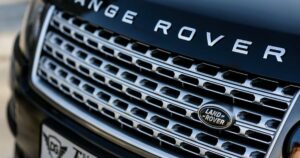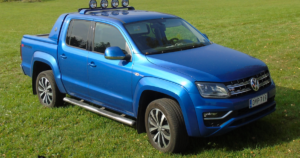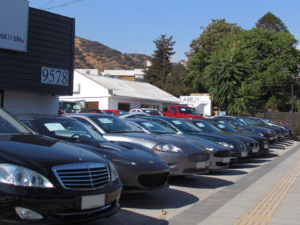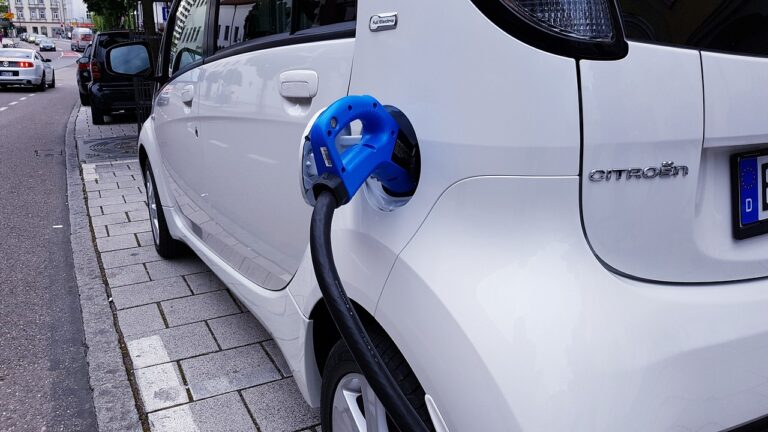How do turbochargers work?
We’ve all heard of turbo engines, given that the word ‘turbo’ is a common one surrounding cars and is exciting for us petrol heads. Originally designed for aircraft use, they were first fitted into cars in the 1960s but how much do you know about how they work? Turbos are used as a way of improving an engine’s power, delivering that “oomph” that you’d otherwise get.

What is a turbocharger?
A turbocharger is a kind of air pump that takes air at ambient pressures (atmospheric pressure), compresses it to a higher pressure and passes the compressed air into the engine via the inlet valves and exhaust manifold, according to Turbo Dynamics. They essentially turn an engine’s by-product – wasted exhaust gases – into a useful way of extracting more power out of an engine.
It’s a turbine-driven forced induction machine that boosts the efficiency and power output of an internal combustion engine by bringing additional air into the engine’s combustion chamber, according to Car From Japan.
They work by increasing the efficiency and power of an engine by forcing more air (and fuel) into the engine which causes a bigger explosion, says Car Magazine. Although this might seem a bit complicated to understand what it is and how it works, it’s run on a mixture of fuel and air to put it simply.
How does a turbocharger work?
The turbocharger on a car works very similarly to that of a piston engine. According to Explain Stuff, it uses exhaust gas to drive a turbine, which spins an air compressor that pushes extra air (and oxygen) into the cylinders, allowing them to burn more fuel each second. This is why it’s referred to as turbocharged; because it can produce more power.
These are essentially the two main parts of a turbo, – the turbine and the compressor. Thanks to both of these parts working alongside each other, with the exhaust gas going down into a tube and winding the turbine, which rotates at significantly high speeds and causes the compressor to spin, it can produce more energy per second.
As turbos run at such high speeds (up to 250,000 RPM), they tend to have an oil cooling system to make sure they don’t run too hot, also known as an intercooler. Most systems, according to Holts Auto, also contain a valve known as a ‘wastegate’, which is used to divert excess gas away from the turbocharger when the engine produces too much boost, preventing damage to the turbine by limiting its rotational speed. So there’s no need to worry about turbochargers getting overheated.
What are the benefits of turbos?
There are several different advantages of having a turbocharger, which is why they are so popular on modern cars these days, and here are just a few of those:
Turbocharged engines make use of wasted exhaust gases to pull more air into the intake valve, and this is where they differ compared to naturally-aspirated engines, which rely on natural air pressure to draw intake air into the engine, turbos speed this up by producing more power economically, says Holts Auto.
In theory, an engine with a turbocharger is no more fuel efficient than one without. However, the way that manufacturers improve fuel efficiency through turbocharging is by down-sizing an engine and then turbocharging it. A turbocharge ending is smaller and lighter than an engine producing the same power without a turbocharger, according to Explain That Stuff, so a turbocharger engine can give better fuel economy in that respect.
For example, manufacturers could fit a smaller engine into the same car, such as a turbocharged V6 instead of a V8, and they might end up saving you up to 10% of your fuel. The smaller, turbocharged engine would still have the same performance figures (or slightly better) but because of the smaller displacement, it would also use less fuel.
Where does the extra power come from?
We’ve already made it clear above that turbochargers can give a car more power. With the engine burning more fuel each second thanks to the turbocharger harnessing some of the energy in the exhaust to drive the compressor, this extra fuel is where the car’s extra power comes from. The exhaust gas helps to power up the turbocharger, but it doesn’t directly add to the vehicle’s power itself, because the turbocharger isn’t connected to the crankshaft or wheels of the vehicle, says Explain That Stuff.
Essentially, turbochargers connect to engines for increased efficiency. It also helps smaller engines produce more power than would otherwise be possible. Turbocharger utilises hot air from the engine for rotating the compressor wheels as well as for absorbing outside air.
Hot exhaust gases rotate a turbine connected to another turbine and suck air out of the system, compressing the energy into the turbine. Its compression gives the engine more power and efficiency, as the combustion chamber is filled up with more energy.
Basically, the turbochargers are connected to the engines for the power boost. These small engines have a tendency toward producing more power than normal. The turbocharger uses the engine heat to rotate the compressor wheel and to absorb air outside. Consequently, it draws air and reduces waste created.
Why are there so many engines now turbocharged?
These days, almost all modern cars with diesel engines have turbochargers, because diesel engines are tougher than petrol units and have simpler intakes. It’s generally diesel engines that have been more commonly known to have turbos, as it enabled them to boost performance, and to meet the ever-tightening emissions control too,. However, there has been a slight change of direction and a move towards the turbocharging of production petrol car engines, too, says Turbo Dynamics as turbocharged engines become increasingly popular.
Jamjar.com makes selling your car quick, easy, and hassle-free. By comparing offers from a trusted network of UK car buyers, you get the best price without the stress of negotiating or haggling. There are no hidden fees, no obligation to sell, and the entire process is 100% online. Whether your car is nearly new or well-used, Jamjar helps you sell it fast and for a fair price—saving you time and effort.


















































